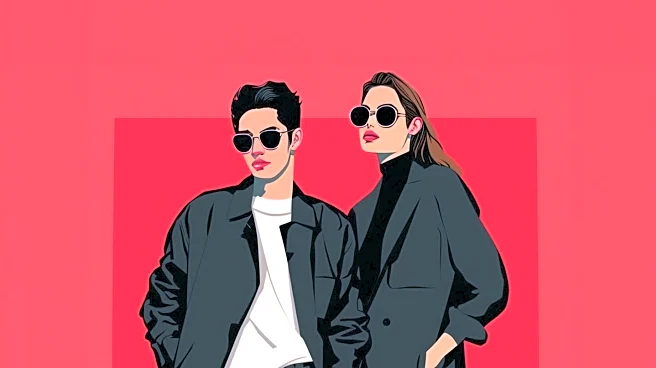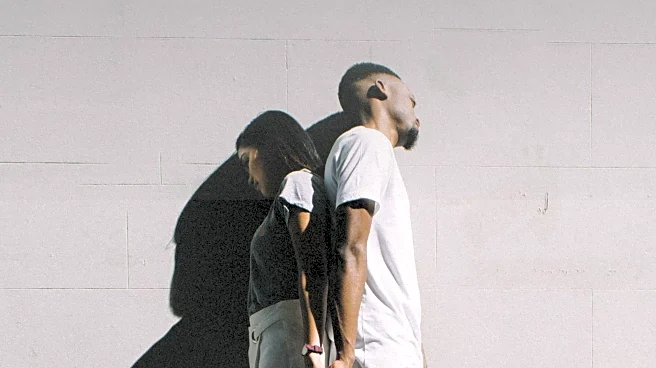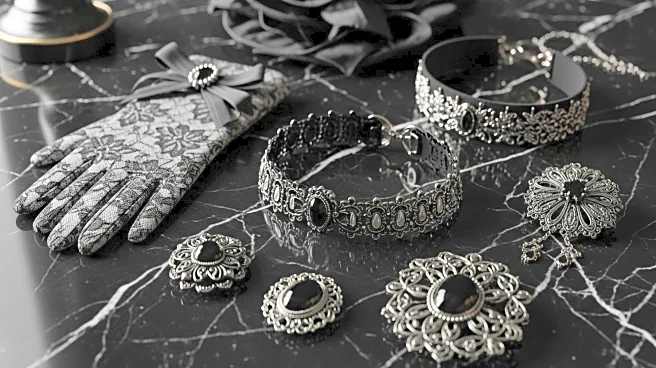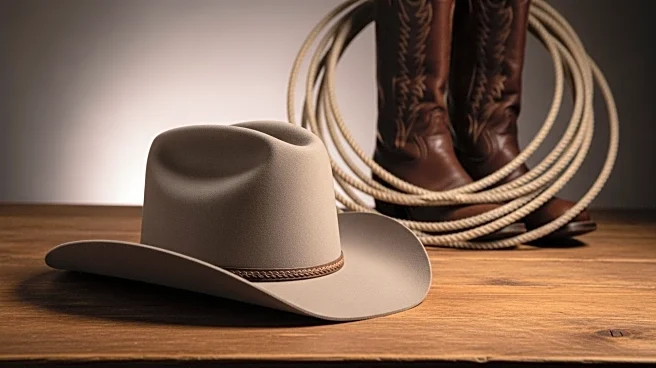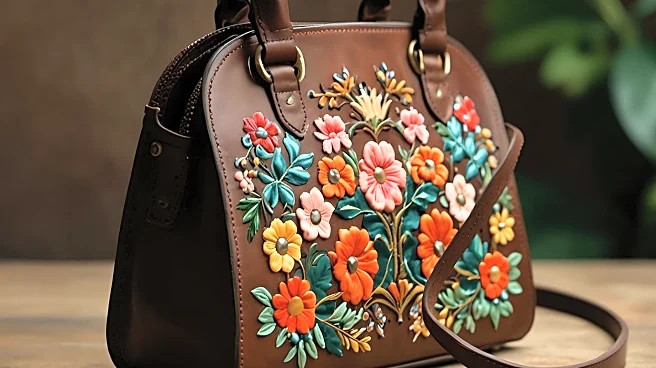What's Happening?
A recent trend on TikTok has brought attention to the concept of 'swag gap' in relationships, where partners have significantly different styles. This phenomenon is exemplified by couples like Justin Bieber and Hailey Bieber, and Selena Gomez and Benny Blanco, who display contrasting fashion choices. The term 'swag gap' refers to a situation where one partner is more fashion-conscious and makes an effort to present well, while the other appears less concerned with their appearance. This disparity can lead to broader implications in the relationship, affecting aspects such as lifestyle choices and social perceptions. Relationship experts suggest that these differences might lead to conflicts, as partners may feel disrespected if one does not put in as much effort. However, some argue that style differences do not necessarily have to be negative, as they can reflect individuality and personal expression.
Why It's Important?
The discussion around 'swag gap' in relationships highlights the societal emphasis on appearance and its impact on personal dynamics. In the U.S., where fashion and personal branding are significant cultural elements, these differences can influence how couples are perceived socially. The trend underscores the potential for style to affect relationship dynamics, with implications for self-esteem and mutual respect. As fashion continues to play a crucial role in identity and social status, understanding and navigating these differences becomes important for relationship health. The debate also touches on broader themes of individuality versus conformity, and the pressures to align with societal expectations of appearance.
What's Next?
As the 'swag gap' trend gains traction, it may lead to increased awareness and discussions about the role of personal style in relationships. Couples might seek guidance from relationship coaches or psychologists to better understand and manage these differences. The trend could also influence fashion and lifestyle industries, prompting brands to cater to diverse style preferences within couples. Additionally, social media platforms like TikTok may continue to serve as spaces for exploring and expressing personal style, potentially shaping future relationship norms and expectations.
Beyond the Headlines
The 'swag gap' trend raises questions about the ethical implications of influencing a partner's style. It challenges the notion of personal autonomy in relationships and the potential for power dynamics based on appearance. This discussion may lead to a reevaluation of how style is perceived in terms of personal identity and relationship equality. Furthermore, it could spark conversations about the cultural pressures to conform to certain aesthetic standards and the importance of embracing diversity in personal expression.

